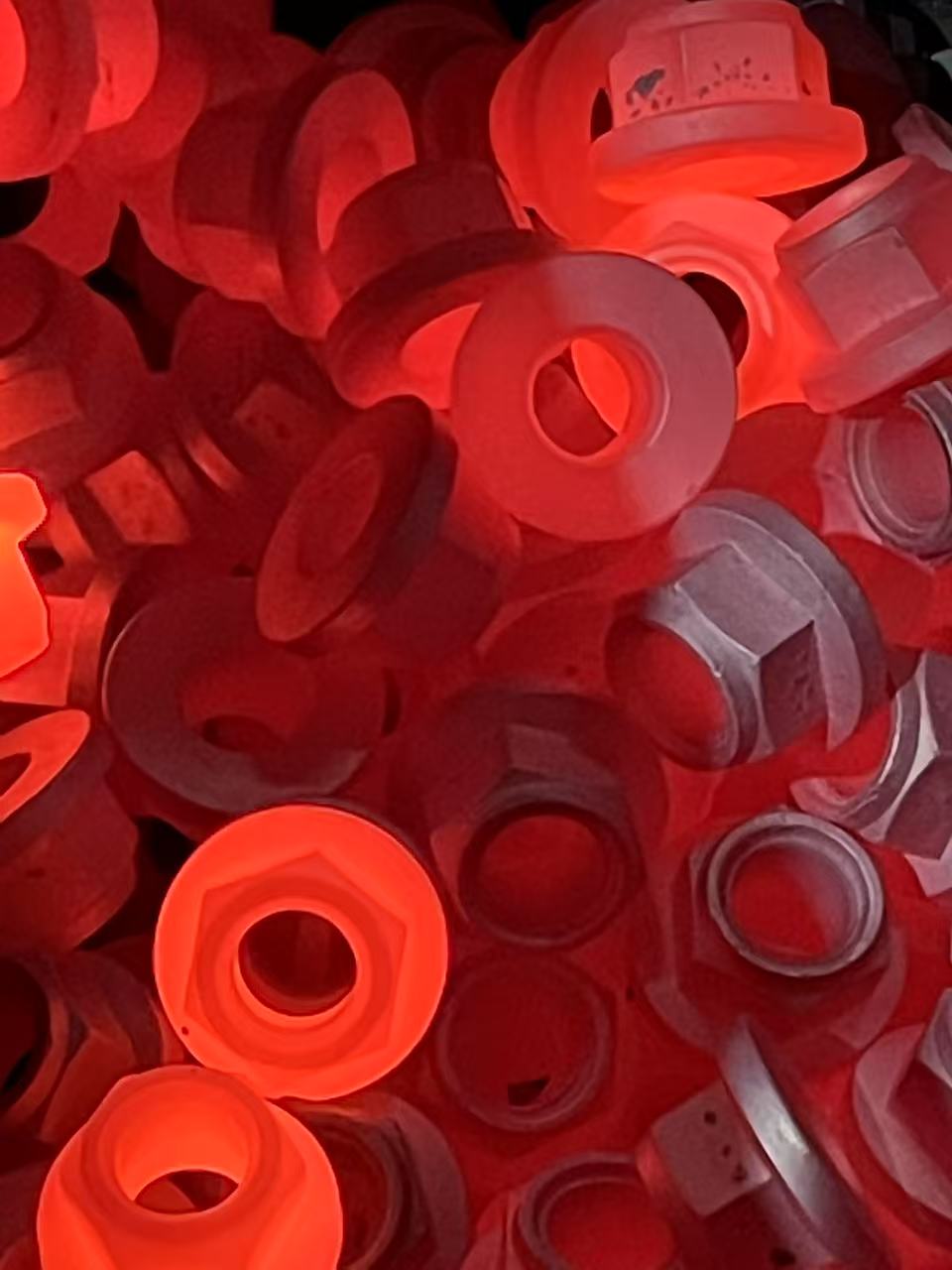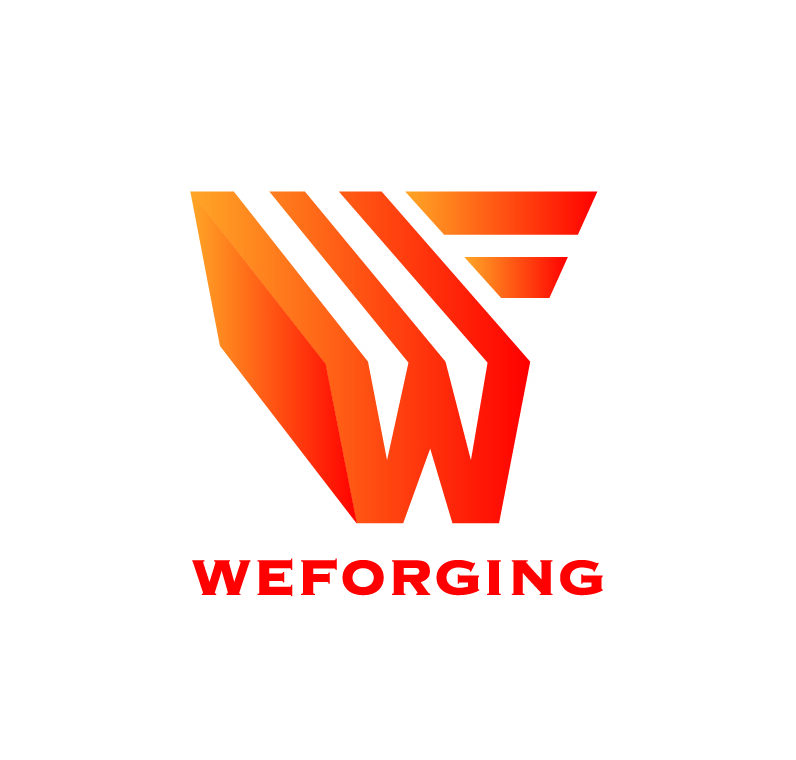Elementi di fissaggio antiallentamento per applicazioni industriali
Noi di Weforging forniamo elementi di fissaggio antiallentamento personalizzati, bulloni di precisione e dadi per impieghi gravosi progettati per settori industriali mission-critical. Grazie alle nostre competenze integrate nella forgiatura, nella lavorazione CNC e nell’assemblaggio meccanico, forniamo soluzioni di fissaggio che garantiscono la massima affidabilità e prestazioni ottimali, progettate per resistere a urti, vibrazioni e agli ambienti più difficili.
Soluzioni di fissaggio ingegnerizzate da un produttore di dispositivi di fissaggio forgiati
I dispositivi di fissaggio utilizzati nei sistemi di trasporto, energia, costruzione e difesa devono resistere a movimenti costanti e mantenere una stabilità a lungo termine. Offriamo:
- Soluzioni di produzione di bulloni forgiati personalizzati per motori, flange, turbine eoliche e strutture marine
- Bulloni antiallentamento forgiati a caldo con maggiore resistenza alla trazione e al taglio
- I dadi di bloccaggio della forgia doganale sono progettati per mantenere il precarico in presenza di vibrazioni
- Produzione di dadi e bulloni in ferro forgiato con allineamento delle grane e resistenza superiori
I nostri prodotti di fissaggio utilizzano acciai trattati termicamente come 42CrMo, 35CrMo e A193 B7 e sono conformi agli standard ASTM, ISO, DIN ed EN. Per le applicazioni critiche, forniamo test opzionali di terze parti, rapporti MTC e ispezioni a ultrasuoni.

Sistemi di dadi e bulloni di bloccaggio lavorati a CNC

Per le interfacce di fissaggio che richiedono un’elevata precisione dimensionale, i nostri servizi di lavorazione CNC forniscono:
- Componenti di fissaggio lavorati CNC su misura per il settore aerospaziale, automobilistico e sottomarino
- Servizi di produzione di controdadi CNC per giunti a filettatura fine o a coppia elevata
- Bulloni e dadi di servizio CNC online che supportano la campionatura di bassi volumi e tempi di consegna rapidi
- Alberi interamente o parzialmente filettati in gradi 8.8, 10.9, 12.9 con tolleranza di precisione
Supportiamo forme di filettatura metriche e imperiali (UNC, UNF, M, BSW) e offriamo trattamenti superficiali come ossido nero, HDG, DACROMET e zinco lamellare.
Assemblaggio meccanico di sistemi antiallentamento
Non ci limitiamo alla produzione di componenti, ma offriamo anche un’ampia gamma di servizi:
- Assemblaggio meccanico di elementi di fissaggio antiallentamento per alloggiamenti di cambi, giunti di energia e telai di veicoli
- Kit completo di sistemi di bloccaggio per bulloni e dadi, tra cui rondelle di sicurezza, perni a molla e soluzioni di bloccaggio a cuneo
- Pre-serraggio e verifica della coppia prima della spedizione
L’assemblaggio avviene in officine pulite e a clima controllato, con controllo dei processi e tracciabilità basata su codici a barre.
Applicazioni industriali globali
I nostri sistemi di fissaggio antiallentamento sono affidabili in tutto il mondo:
- Nuestros sistemas de fijación antiaflojamiento son fiables en todo el mundo:
- Carrelli e sistemi frenanti per ferrovie ad alta velocità
- Sospensioni automobilistiche e montaggio della trasmissione
- Fondazioni di motori navali e campi petroliferi; piattaforme per il gas
- Veicoli militari e piastre blindate per la difesa
Con clienti in Europa, Nord America e Medio Oriente, i nostri dispositivi di fissaggio sono testati e collaudati in applicazioni reali.
Perché collaborare con Weforging?
- Forgiatura, CNC, lavorazione degli ingranaggi e assemblaggio in azienda sotto lo stesso tetto
- Fornitura flessibile per OEM, appaltatori e distributori
- Supporto ingegneristico dalla revisione dei disegni alla presentazione del PPAP
- ISO 9001, CE e certificazioni internazionali personalizzate
- Imballaggio personalizzato e logistica di esportazione secondo la conformità UE/NA
Invia le tue richieste:
- Carica disegni 2D/3D (PDF, DWG, DXF, STEP, IGES).
- Specifica materiale, quantità e requisiti tecnici
- Ricevi un feedback DFM gratuito entro 24 ore.


